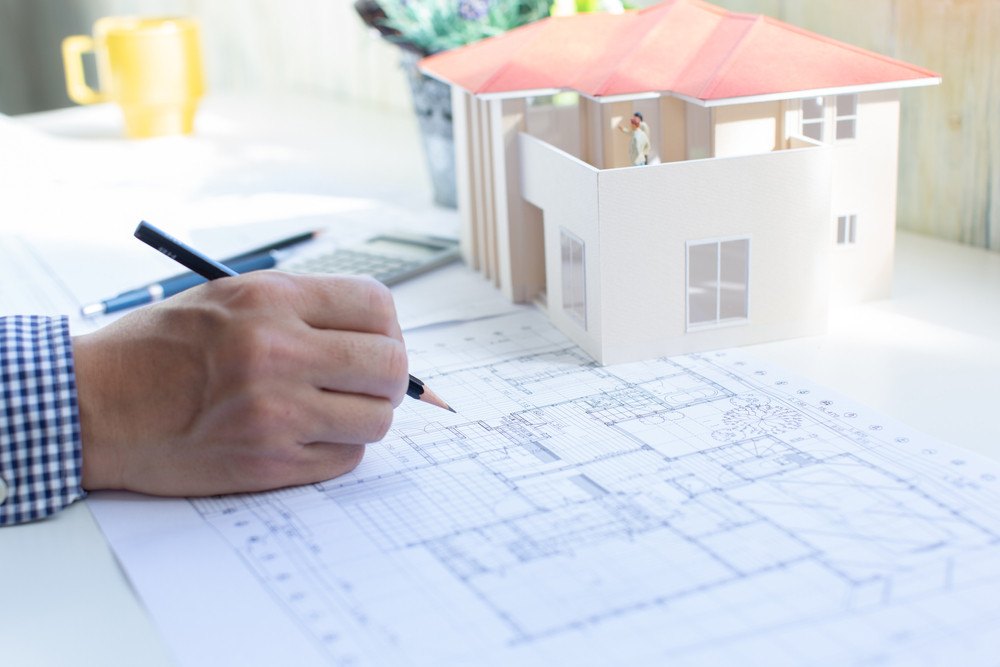The Creative Process Behind Successful Tasks from CDA Architects
The Creative Process Behind Successful Tasks from CDA Architects
Blog Article
Recognizing the Collaborative Refine In Between Architects and Engineers in Modern Building Projects
The collective process in between designers and designers is vital in contemporary building projects, as it balances design intent with engineering usefulness. Exploring these characteristics discloses insights that can considerably influence project results and general sector criteria.
The Relevance of Partnership
The collective harmony in between engineers and designers is crucial for the effective realization of any kind of building job. This collaboration unites distinct knowledge and point of views, allowing the integration of cutting-edge layout with functional engineering services. By collaborating, engineers and designers can ensure that a project not only fulfills visual and useful demands however also sticks to safety and security, sustainability, and financial restraints.
Collaboration fosters a shared vision, facilitating the positioning of goals and assumptions from the beginning. This positioning is critical in dealing with possible difficulties and mitigating dangers that might emerge throughout the job lifecycle. A collective method allows for the reliable appropriation of resources, maximizing both time and price.
The relevance of cooperation includes the iterative procedure of style and building, where feedback from designers can educate building choices, leading to more practical and sustainable layouts. Conversely, engineers can motivate engineers to believe creatively regarding exactly how to accomplish structural stability without jeopardizing imaginative intent. Inevitably, the collective partnership between engineers and designers is not simply beneficial; it is fundamental to the production of top notch, useful, and ingenious constructed environments that satisfy the requirements of society.
Interaction Strategies and Tools
Efficient communication methods and devices are crucial for promoting partnership between engineers and designers throughout the project lifecycle. Establishing clear networks of communication is important to guarantee that all team members are lined up with project purposes, timelines, and duties. Normal conferences, both in-person and digital, provide possibilities for stakeholders to go over development, address worries, and make educated decisions.
Utilizing project monitoring software, such as BIM (Building Information Modeling) systems, boosts cooperation by enabling real-time sharing of design modifications and technical specs. These devices facilitate transparency, permitting designers and designers to visualize changes and analyze their influence on the overall project.

Shared Goals and Project Vision

Developing shared objectives entails open dialogue and a detailed understanding of each self-control's contributions. Engineers generally concentrate on style intent, spatial partnerships, and customer experience, while engineers highlight structural stability, systems capability, and compliance with laws (cda architects). When these perspectives are lined up, the result is a natural project that complies with both imaginative ambitions and technical expediency
Moreover, a well-defined task vision cultivates accountability amongst team participants, motivating each individual to take possession of their function in achieving the wanted end result. Regular check-ins and collaborative workshops can even more reinforce this dedication, enabling changes to be made as the job evolves. Inevitably, a common vision not just enhances team effort yet additionally raises the top quality of the last deliverable, resulting in effective job conclusion.
The Role of Technology
Leveraging modern technology has ended up being vital in improving cooperation between architects and engineers. The assimilation of innovative software program tools assists in real-time communication and information sharing, allowing teams to work a lot more successfully and properly. Structure Details Modeling (BIM) sticks out as a pivotal technology, allowing both architects and designers to produce thorough 3D models that envelop style intent and architectural honesty. This shared visual depiction minimizes misunderstandings and streamlines the decision-making procedure.
Furthermore, cloud-based systems enable smooth collaboration, allowing job stakeholders to gain access to and upgrade project information from anywhere. This promotes a culture of openness and liability, as adjustments basics can be tracked and evaluated here are the findings in real-time. In addition, mobile applications further enhance communication, offering on-site teams with instant access to job specs and updates.
Arising modern technologies such as fabricated knowledge and artificial intelligence are likewise beginning to contribute in predictive analysis, helping teams identify potential concerns prior to they emerge. Inevitably, the function of innovation in architecture-engineering partnership not just enhances process efficiencies but also boosts technology, causing even more successful project end results. By welcoming these technological developments, architects and designers can make certain a more natural and effective joint procedure throughout the building lifecycle.
Study in Effective Collaborations
Various study show the profound influence of efficient collaborations in between designers and designers on job outcomes. One remarkable example is the collaboration on the High Line in New York City City, where landscape architects, designers, and metropolitan planners functioned together to change an abandoned railway into a vivid public park. This multidisciplinary technique not only improved the aesthetic high quality but likewise ensured architectural safety and ecological sustainability.
Another excellent situation is the style and building and construction of the Sydney Opera Home. The collaboration in between designer JÃ ¸ rn Utzon and architectural designer Ove Arup exemplified cutting-edge problem-solving. Their partnership allowed for the renowned shell-like layout while dealing with complicated design challenges, ultimately causing a classic architectural masterpiece.
The Burj Khalifa in Dubai better demonstrates the importance of joint initiatives. cda architects. The integration of design and design knowledge made it possible for the project team to accomplish extraordinary elevations while adhering to safety guidelines and visual vision
These examples emphasize the importance of communication, trust, and shared goals. In today's check out this site complicated building and construction environment, such partnerships are important to browsing obstacles and supplying projects that meet both functional and visionary goals.
Verdict
In verdict, the cooperation in between architects and engineers is crucial for the success of modern-day building tasks. Reliable communication techniques, a common job vision, and the integration of innovative innovations are vital components that promote this partnership.
Report this page